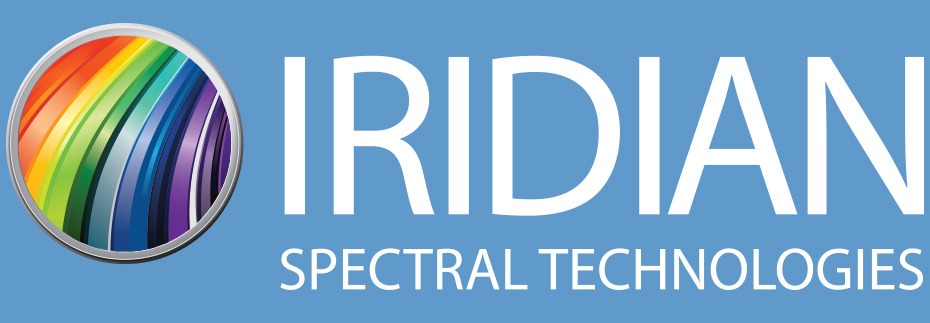Band Pass Filters (BPFs) are used to pass (transmit) a range of wavelengths and to block (reflect) other wavelength on either side of the bandpass. The region of high transmittance is known as the passband and the region of high reflectance is known as the reject or reflect band. The pass-band and reflect-bands are separated by the roll-off region. The complexity of these filters depends primarily on the steepness of the roll-off region, the width of the pass-band and also on the ripple and insertion loss specifications in the pass-band. In the case of a relatively high angle of incidence, polarization dependent loss may also be a consideration.
[nice-button link=”/product-category/spectroscopic/types-of-bandpass-filters/”] Band Pass Filters[/nice-button]
Center Wavelength [nm]
This is the average or mean wavelength based on two points on the curve at the same transmittance level. A typical level is at Full Width Half Maximum (FWHM) or -3dB. At this level any ripple or other pass-band defect will not effect the center wavelength calculation.
Pass-band (PB) [nm]
This is a region of high transmittance. It is usually specified by a pass-band width, peak IL and ripple. The pass-band width is specified in nm at a certain transmittance level relative to the peak transmittance.
e.g. PB @ -0.3 dB: 1530nm-1570 nm
The pass-band can also be specified by defining a cent er wavelength (CWL) and pass-band width.
e.g. CWL @ -0.3 dB: 1550+/-0.5 nm
PB @ -0.3dB > 40 nm
Reflect-band (RB) [nm]
This is a region of high reflectance. It is specified by a reflect-band width in nm at a certain transmittance level relative to the peak transmittance, e.g.,
RB @ -30dB:1450-1525 nm and 1575-1630 nm
The reflect-band can also be specified by defining a center wavelength (CWL), reflect-band width and operating wavelength range, e.g.,
RB @ -30 dB < 50 nm
Operating Range 1450-1630 nm
Dead-band
This is the region between a pass-band and a reflect band. This regions is called a dead-band or roll-off region and it does not typically contain any transmittance specifications. The roll-off slope is usually inherent in the pass-band and the reflect-band specifications.
Polarization Dependent Loss (PDL) [dB]
Polarization Dependent Loss (PDL) can be defined as the maximum change observed in transmittance or reflectance at a given wavelength as the light is cycled through all possible polarization states. The PDL can be calculated based on the difference between the s- and p-polarization states of light, i.e.,
Transmittance PDL(l) [dB] = Ts(l) [dB] – Tp(l) [dB]
Peak Insertion Loss (IL) [dB]
Peak insertion loss is the value of maximum transmission in the passband.
Peak IL = T(lPeak) [dB]
e.g. Peak IL < 0.1 dB within passband
Ripple [dB]
Usually the passband ripple is specified as the difference between the maximum and minimum transmittance in the passband width (see above figure). Note that this passband ripple is different from that of a substrate etalon ripple.
Reflectance Isolation [dB]
This is difference between the maximum reflectance in the pass-band and the minimum reflectance in the reflect-band. The minimum reflectance in the reflect-band is very often close to 0 dB so that the reflection isolation is typically dominated by the maximum reflectance in the passband. For filters with no absorption, the transmittance and reflectance must add up to unity. Hence, there is often a relationship between the specified reflection isolation in the passband and the sum of the peak IL and ripple in the passband, i.e.,
If the reflection isolation is specified to be -15 dB (corresponding to a reflectance of 3.2 %), then as T+R =1, the minimum transmittance in the passband is given by T=100-3.2=96.8 % which is equivalent to a 0.14 dB transmittance loss. Hence, to achieve a reflectance isolation of -15 dB, the transmittance loss must be less than 0.14 dB. Note that if a minimum allowed transmittance loss of 0.2 dB is specified along with a reflectance isolation of -15 dB, then the overriding transmittance loss to achieve the necessary reflectance isolation is 0.14 dB.
[nice-button link=”/product-category/spectroscopic/types-of-bandpass-filters/”] Band Pass Filters[/nice-button]
